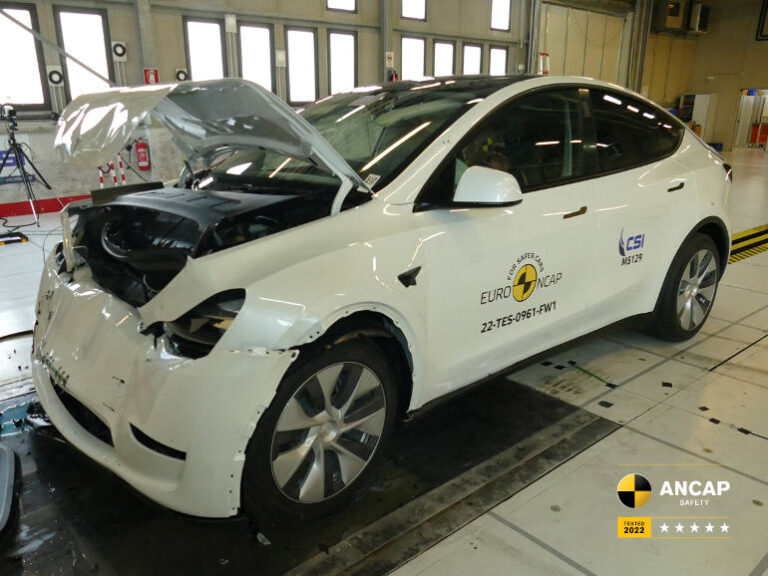Plenty has been written about the new Tesla Model Y. Some journos have even been invited to drive one (no FOMO at all). I wanted to write something but couldn’t force that many superlatives into one sentence.
Then, at the EV Expo in Canberra, held by the Australian Electric Vehicle Association early in August, I was sitting next to the Mexican food truck eating some lovely soft tacos, after an exhausting morning of listening to EV newbies ask questions like, “Will I get electrocuted if I drive in the rain?”; and I saw the angle to my Tesla story.
What does Model X x Model 3 equal? Model Y of course.
The styling looks like a cross between the two models without the fancy falcon doors attracting all the attention.
I’ve seen more examples on the road since that day in August as Tesla has dominated the new car sales data with thousands of models being delivered to owners that placed orders a long time ago. I can now see the distinct differences between the Model 3, Model X and Model Y.
And so can Fleet Managers. The Model 3 can be purchased from $65k, and the Model Y is from $72k (price checked in November) which isn’t crazy money when you’re talking EVs. At these prices they sit well under the luxury car tax threshold for fuel efficient vehicles (FY22-23 $84,916) and it makes an attractive novated lease.
Once the Labor FBT exemption is passed, the WOLC models will favour most electric and plug-in-hyrbid vehicles. And with so many Teslas on the road, it’s no longer an exclusive luxury brand. Making it an easy sell into a fleet.
Tesla is also winning the EV infrastructure arms race. They have more charge stations in the right locations than any other network provider. And when companies start installing onsite charging for employees, they will be able to charge their fleet of Teslas as well.
So with good supply, attractive WOLC and an outstanding network of charging infrastructure which is still growing, the pressure to reduce emissions might make some fleets lean into the hype.






